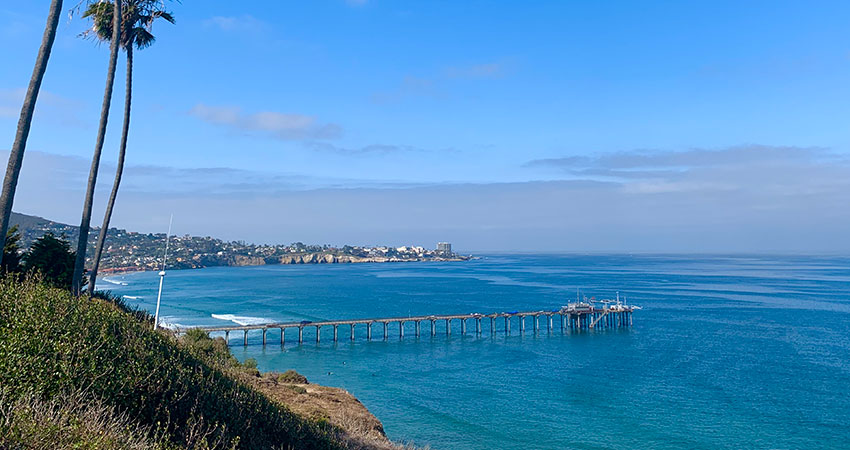MPA Monitoring Series: Ask the Researcher, Kelp Forests Ecosystems

This summer webinar series will give attendees the unique opportunity to interact directly with researchers involved in California’s MPA monitoring projects. Participants are invited to ask questions directly to the researchers to understand the science informing the management of California’s MPA Network. The webinar series is hosted by The Ocean Protection Council in partnership with the California Department of Fish and Wildlife, and supported by Strategic Earth Consulting. Participation by all members of the public is encouraged.
This webinar will cover kelp forest ecosystems. Each one-hour webinar is open to the public; no pre-registration required. You are welcome to join the discussion at the indicated times. Recordings will be made available with closed captioning after the series is completed.
Additional information about the MPA Decadal Management Review can be found on the California Department of Fish and Wildlife’s web page. A roundup of the seven research projects, which includes final reports, updates, and snapshots, can be found here. The projects were funded by the Ocean Protection Council and administered by California Sea Grant in partnership with OPC and the California Department of Fish and Wildlife, and build on more than a decade of MPA monitoring.
If you have questions or want to provide feedback, please contact the MPA Management Program.
No RSVP required, click the link when the webinar begins.
Link: https://us02web.zoom.us/j/82853226072